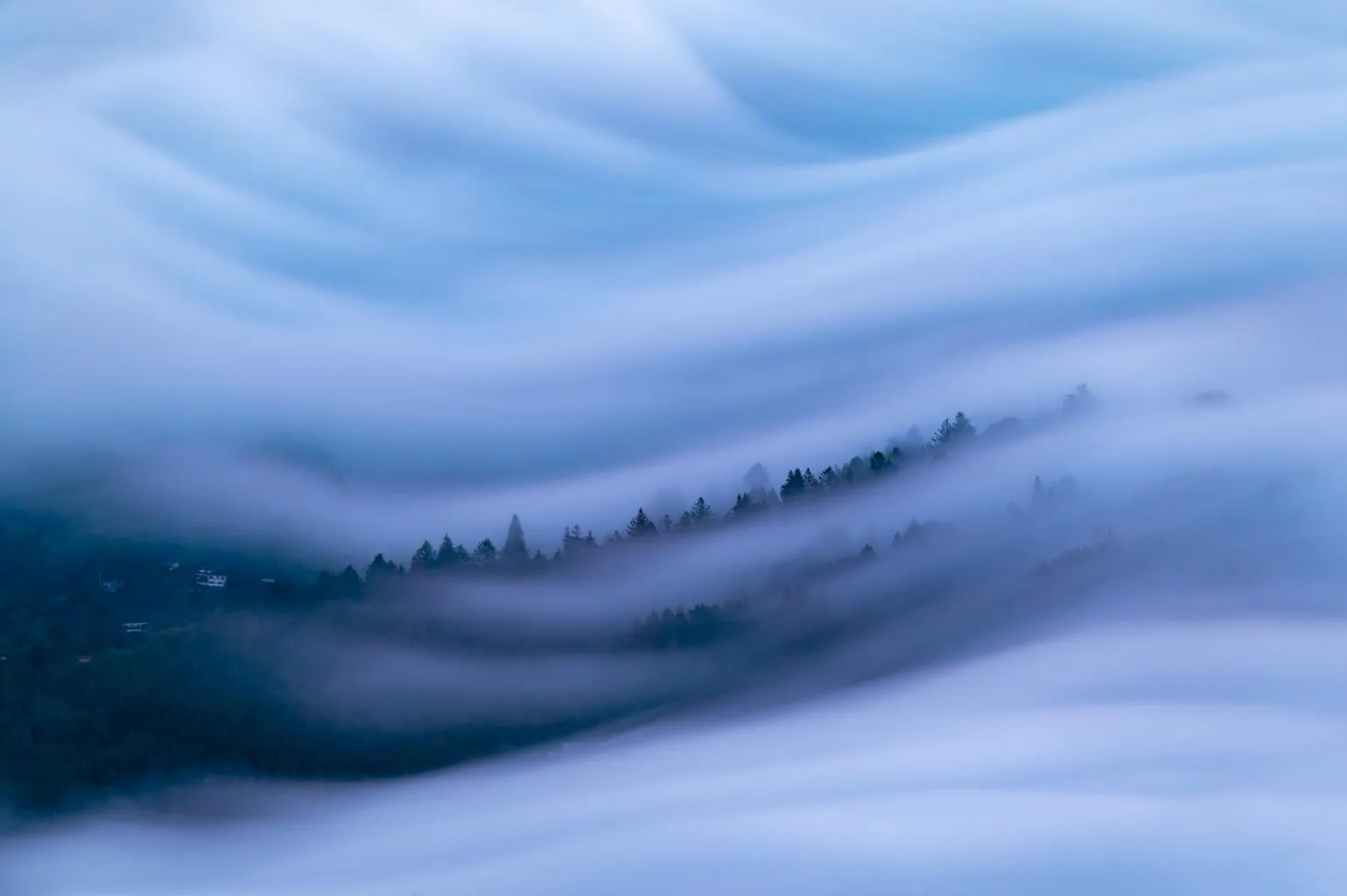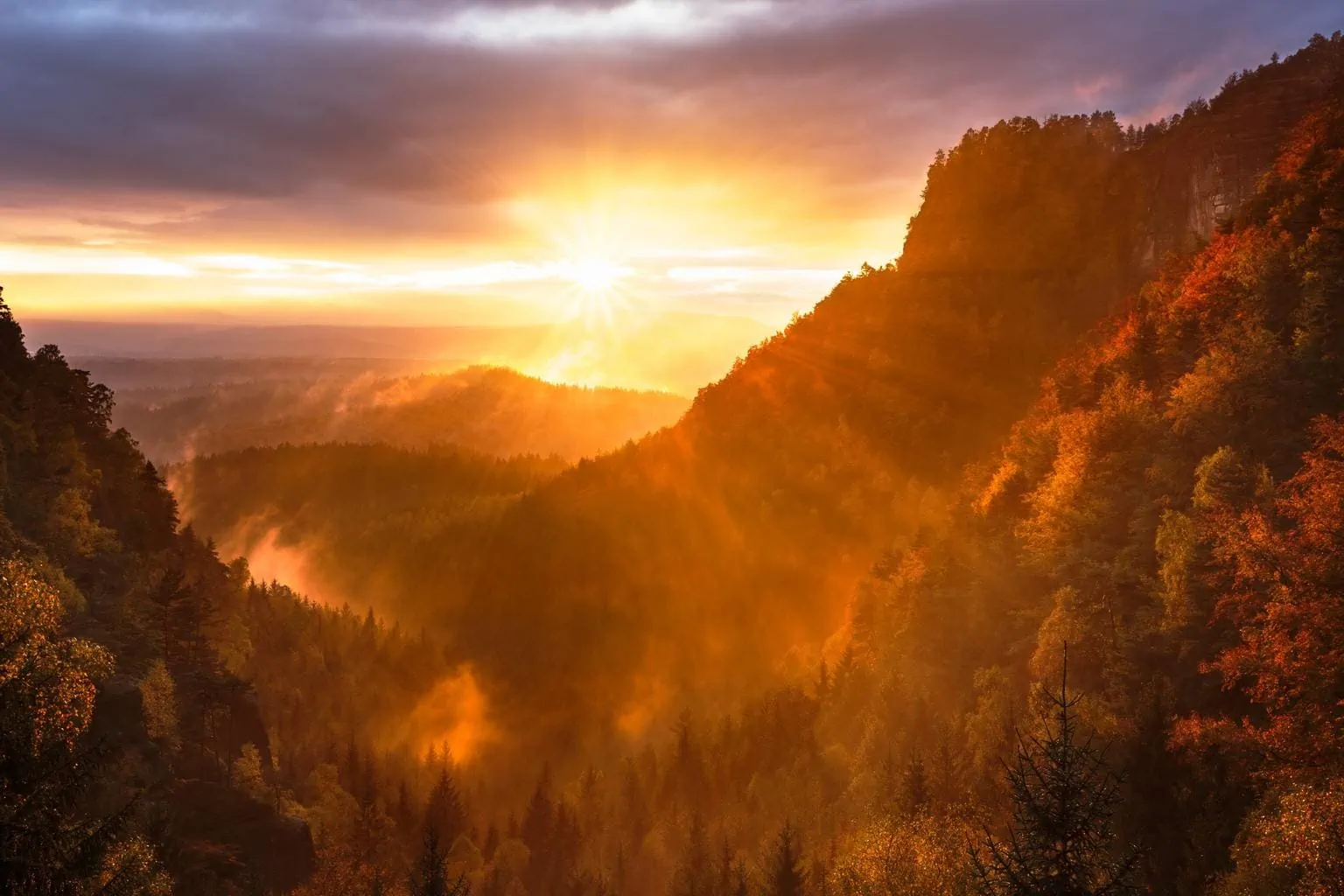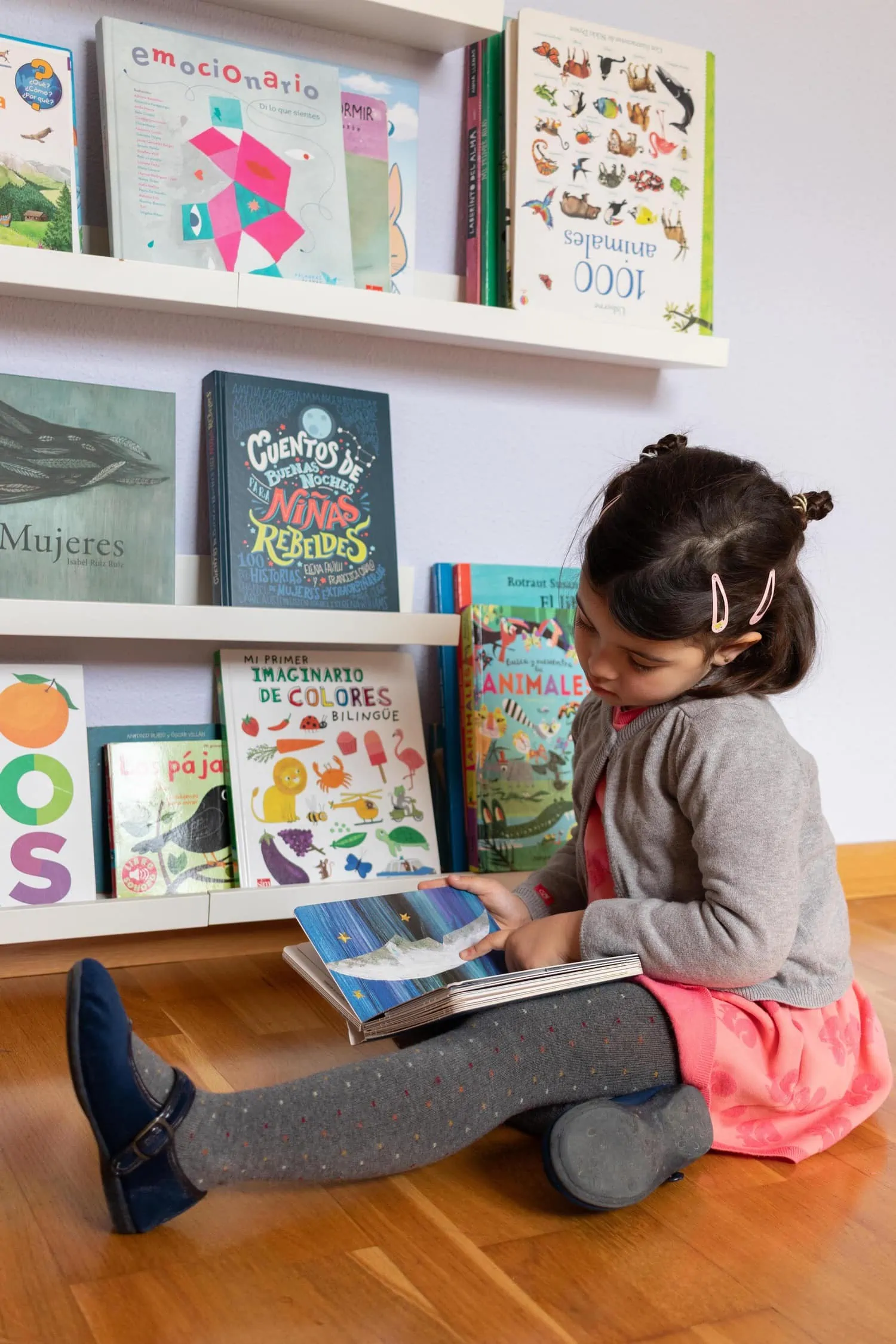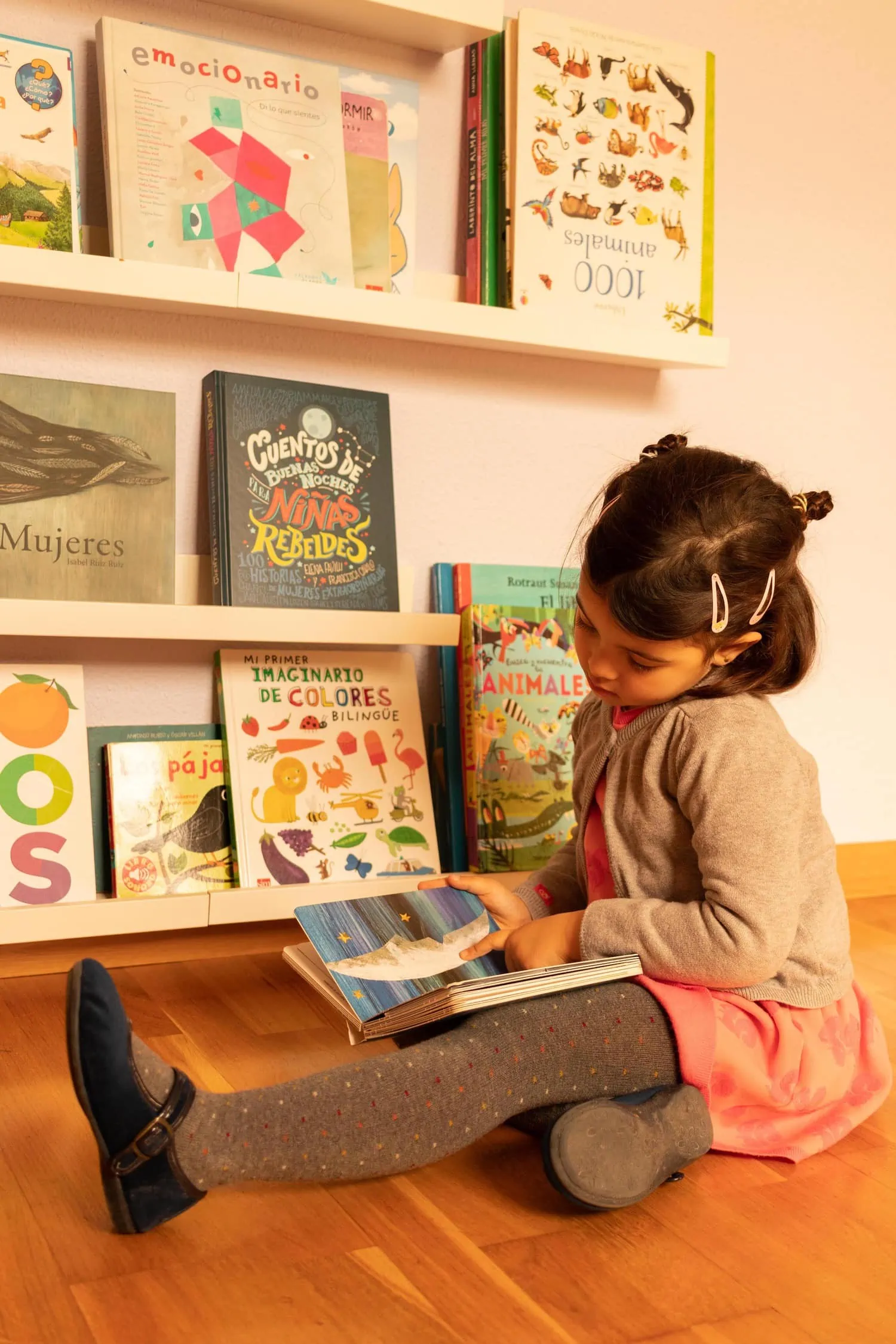Do you know the difference between warm colors and cold colors ? Today I explain what they are and what sensations they transmit.
Understanding these concepts will help you not only in your photography, but also in many other aspects of your personal and work life.
WARM COLORS VS. COLD COLORS
According to the psychology of colorColors can be warm or cold depending on whether they give us a sensation of cold or heat.

There are some colors that are considered neutral or that are cold or warm depending on the color ratio they include, for example, a yellowish green is warm while a bluish green is colder.
Both are green and yet the sensations they produce are different.

WARM COLORS
Warm colors are those that contain red in their composition, the more red they contain, the warmer it is considered.

They are associated with heat, day or fire. The emotions that warm colors arouse or evoke are energy, happiness or fun, among others.
They are related to aspects such as passion, joy, partying or dynamism, which is why they are used by many brands to attract a certain audience.
In addition, the elements of warm colors give the sensation of moving forward in the image, they seem closer.
WHAT ARE THE WARM COLORS?
The warm colors are those that go from yellow to red , also going through oranges, ochres, browns, etc.
Some examples of warm colors are: mahogany, sienna, golden ochre, carmine, coral, vermilion, amber, melon or lemon yellow.
COLD COLORS
Cold colors are those that contain blue in their composition. The more blue it contains, the colder a color is said to be.

They are associated with winter, ice or night, for example. The emotions that cold colors arouse or evoke are tranquility, calm, sadness, nostalgia, mystery, etc.
They are related to aspects such as peace or calm and are used in professional fields because they also transmit security.
Cold colors produce an opposite effect to warm ones, they give a feeling of spaciousness and distance.
WHAT ARE THE COOL COLORS?
They are the ones that go from green to violet, passing through blue, in the chromatic circle.
Some examples of cool colors are: turquoise, indigo, sky blue, aquamarine, cobalt blue, bluish purple, Payne's gray.
COLOR TEMPERATURE
In photography there is a term related to warm and cold colors: color temperature .
Light has a color temperature that varies throughout the day. The consequence is that photos can appear orange when the light is warm, or bluish when it is cold.
You can get cool tones with the light of the blue hour, for example, but also with clouds or in shadow.

On the other hand, we get warm colors at sunrises and sunsets or what we know as golden hour.

The same happens with artificial lighting, depending on the type of bulb, the light can have a different temperature. In these examples you can see the difference between the different lights:



To correct a warm or cold temperature, you have to resort to white balance . Although it is not always necessary to make this correction, sometimes as in the landscapes above, the warm or cool colors of the light are an important part of the image.
EMOTIONS ASSOCIATED WITH DIFFERENT COLORS
We have several specific articles to deepen the meaning of color in photography or to learn how to awaken emotions through color in your images.
Now, to see in a very summarized way the emotions associated with warm and cold colors , I leave you with this graph:

SUMMARY TABLE OF COLD AND WARM COLORS
In this summary table you can see the difference between warm and cold colors .
WARM COLORS |
COLD COLORS |
|
|---|---|---|
| Definition | They are the ones that contain red |
They are those that include blue |
| examples | Yellow, Red, Orange |
Green, Blue, Violet |
| Associated meanings | passion, danger | Professionalism, well -being |
Associated sensations |
Energy, joy, dynamism |
calm, sadness, nostalgia |
| Effects on the image |
advance, closeness |
recede, far away |
| Natural light | sunrises and sunsets |
Blue hour, shadow, cloudy |
| Artificial light | candle, tungsten |
Xenon, fluorescent |


